李晓萍 王伟力 金银流霞丨古代金银货币鉴赏丨
2001年美国《华尔街日报》(亚洲版)在“纵横一千年”专辑中,统计了上一个千年世界上最富有的50个人。他们大多都是世界各国的豪门望族。名单中有6位中国人的名字,其中十三行之一的怡和行主伍秉鉴的名字赫然在目,他为什么会被列入世界巨富的行列?该报这样评价:“出生于1769年的清朝行商伍秉鉴继承父业与外商从事买卖,又进一步贷款给外商并以此获得巨富。他在西方商界享有相当高的知名度。”
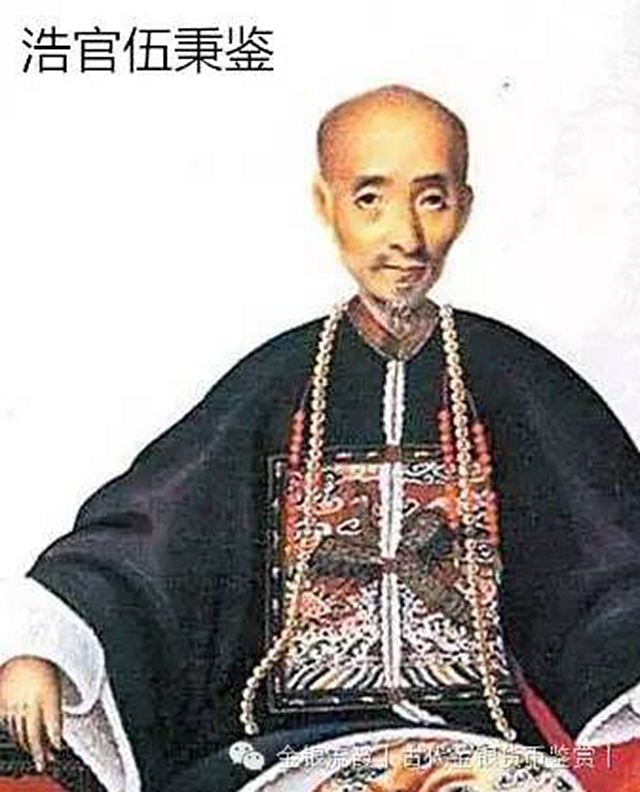
乾隆二十二年(1757年),清政府下令实行闭关锁国政策,仅保留广州一地作为对外通商港口。这直接促使广州十三行成为当时中国唯一合法的“外贸特区”,从而给行商们带来了巨大的商机。怡和行等十三行商通过清政府特许的垄断外贸特权和从外商、行外商人中搜刮掠夺,积聚了巨大的财富。据《中西纪事》记述:“粤中初设洋商通事,洋行据为垄断之利,诛求不已,串通官吏,规费日增,……大班来粤者,率寄寓洋行,行人事之唯谨,然所以朘削之者无所不至,又与关吏因缘为奸,课税既增,则规费抽用亦增,有取之十倍二十倍于前者”。其中十三行商中家财最多而又最有势力的要数伍秉鉴家族的怡和行。
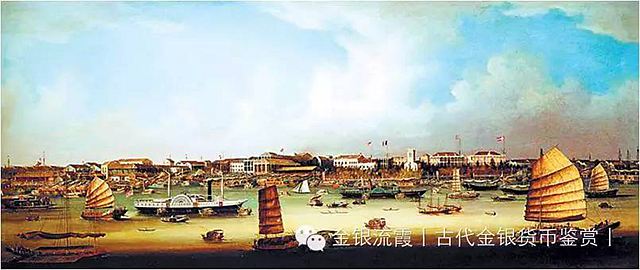
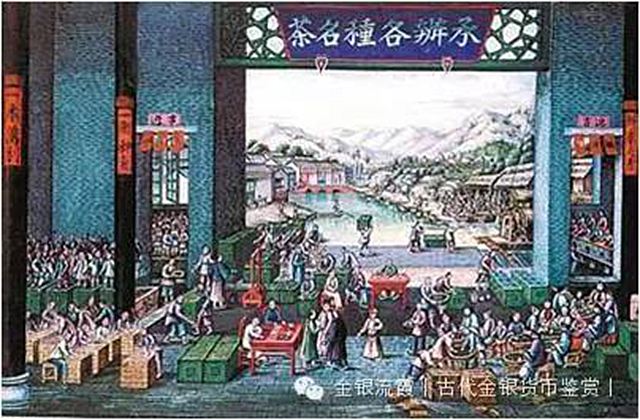
怡和行是在乾隆四十九年(1784年)由伍秉鉴的父亲伍国莹开设的。伍国莹早年广州潘家同文行的帐房,当时的帐房的权力很大,不仅要做会计,还要参与资产管理和投资贸易等,这使伍国莹积累了大量财富和与外商贸易的经验。
1783年伍国莹在英国东印度公司的扶持下,建立起自己的怡和行。伍国莹被外商称为“浩官”,“浩官”是商名,为其子孙所沿用。以“官”作为名字的一部分,是一种尊称,代表一个人的社会地位,但初来的洋人误认为是真实的名字,结果约定俗成,以后行商都被称为某某官。
1801年,在伍国莹死后的第二年,其子伍秉鉴继承父业,掌管怡和行,由于他的精心经营,很快就积累了巨额的财富,使怡和洋行成为了行商中的佼佼者。1807年怡和行跃居行商第二位, 1813年清政府在行商中设立总商,伍秉鉴居总商之首。伍秉鉴在西方商人眼中是一个“诚实、亲切、细心、慷慨,而且富有”的人,英国人曾称他“善于理财,聪明过人。天生有懦弱的性格”。
有很多关于伍秉鉴的趣闻逸事在外商中流传,其中一个故事,使他成为了中国商人慷慨大方的象征。有一个美国波士顿商人和伍秉鉴合作经营一项生意,由于经营不善,欠了伍秉鉴7.2万银元的债务,但他一直没有能力偿还这笔欠款,所以无法回到美国。伍秉鉴听说后,马上叫人把借据拿了出来,对波士顿商人说:“你是我的第一号老友,你是一个最诚实的人,只不过是运气不好。”说着就把借据撕碎,向对方表示他们之间的账目已经结清。伍秉鉴的这个举动让伍浩官的豪爽名声在美国脍炙人口达半个世纪之久。外国商人都把他看成了行商中最可靠的人,尽管他生意太忙,收费较高,依然愿意同他交易,因为在时间和质量上都有保证。他精明过人,能够从存放在英商行号的百余万元的期票中,算出利息是900多元,与英商兑付时的数目不差分毫。
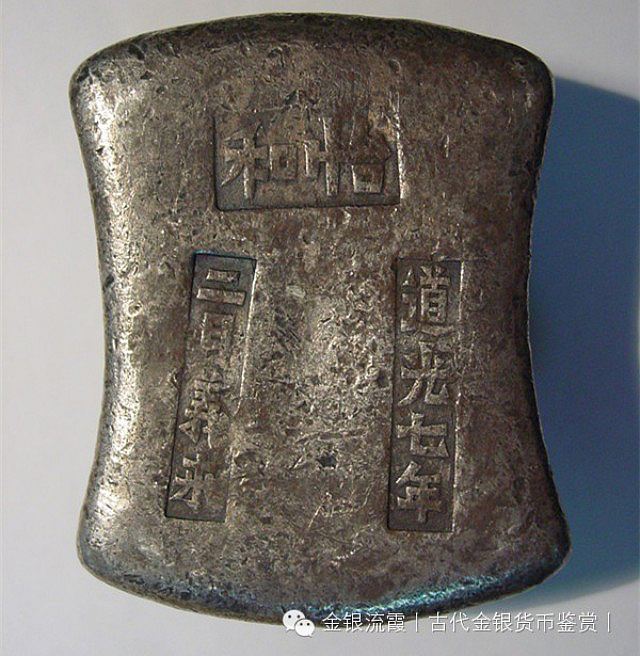
正是由于伍氏家族三代人的几十年来的不懈努力,到了19世纪中期,怡和行成了一个名副其实的跨国财团。不但在国内拥有地产、房产、茶山(武夷山)、店铺和巨款,而且在美国投资铁路、证券交易和保险业务等。1834年,伍家自己估计,他们的财产已有2600万银元(相当于人民币50亿)。在当时西方人的眼中是世界上最富有的。同时“怡和行”在中外商界也是一个极为响亮的名字,就连英国行号查顿·马地臣行,其中文行名就借用了伍家“怡和行”的老字号,称“怡和洋行”。
根据史书记载,广东税银有三种,即藩纹、盐纹、关纹。藩纹是各州县铸造的上解税银,是广东银锭中最常见的品种。盐纹是各州县上解的盐税锭。关纹即粤海关银锭,用于交纳关税。然而,一种非常有研究价值的广东十三行行商铸造银锭却一直被人们所忽视。这就是被西方人称为十八世纪中国最富有的商人伍秉鉴家族开设的怡和行铸造的十两银锭。这种行商铸造银锭保留广东砝码锭的全部特征,只是锭面上方横戳的铭文变成了“怡和”。该种银锭目前仅发现四枚,曾著录于《树荫堂藏元宝千种》那件道光八年怡和银锭,2011年春季北京诚轩拍卖公司以120余万的高价成交。
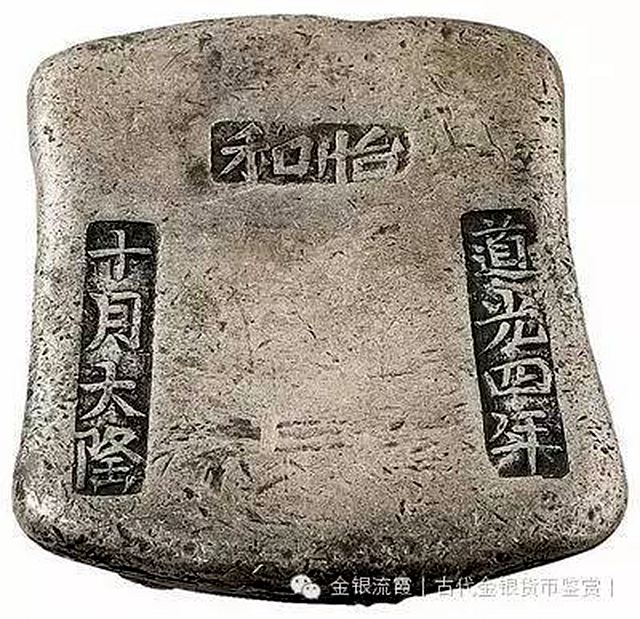
The Creek Factory And It’s Silver ingot
By Weili Wang
Howqua, or Wu Bingjian, was one of the richest Chinese though last millennium, and once one of the richest men in the world.Born 1769,he and his farther Wu Guoying established the Creek Factory, or Ewo Hong,the most successful factory of the Thirteen Factories in the 18thand 19th century, and become the largest creditor of the East India Company.
In 1757, the Emperor Qianlong limited Westerners to the port of Canton, and no other area.And within the port of Canton, the movements were also limited. The Europeans could not leave the waterfront or enter the city walls. They could not also bring their families. Prohibition concerning the bringing of families was logical.Foreign merchants could only do business between October and March and after that, they must all leave the island. They were also not allowed to learn Chinese. Most importantly, the foreign merchants must made all transaction through intermediaries called the Hongs.
The Creek Factory, or Ewo, was founded in 1783-84,by Howqua, or Wu Bingjian and his father Wu Guoying,with previous experience as a former employee of Puankhequa,the chief merchant in Canton between 1760 and 1788.
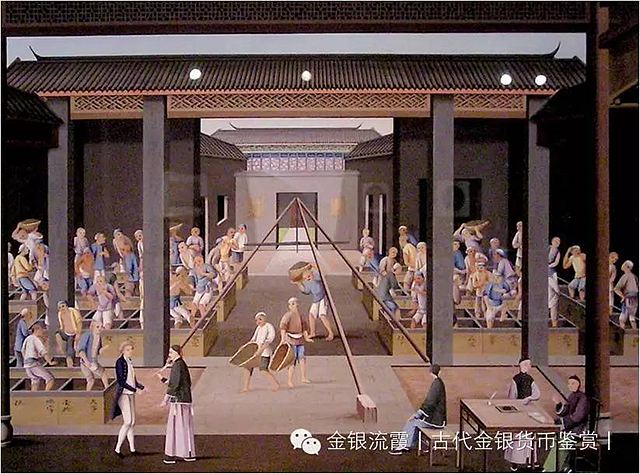
Because his Chinese name was too difficult for western traders to pronounce, the name Howqua comes from his Chinese Business Name , very similar to a Doing business as or trading as.
Howqua took over the Creek Factory in 1801 or 1803, which later became the leader of the cohong of the Thirteen Factories, after the death of his father. Howqua was the senior of the Hong merchants in Canton, one of the few authorized to trade silk and porcelain with foreigners.
His knowledge, and even familiarity with mercantile details connected with the trade of foreign ports, was truly astonishing; sound judgment, true prudence,wary circumspection, and a wise economy, were distinguishing traits of his mercantile character.
It is no mean testimony to his patriotism, and his respect and regulations of his country, as a type of the old Chinese conservative of the “purest rayserene”.
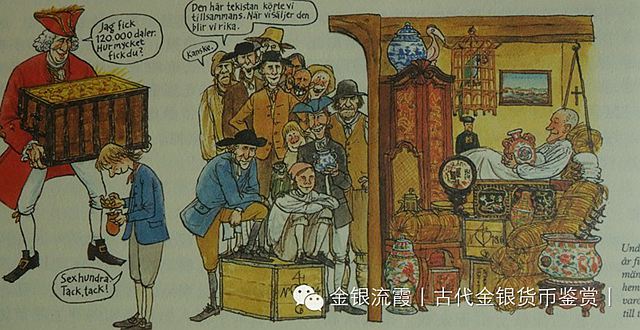
It seems almost incredible,but less true,that ,to the last,he directed his vast and complicated trade,which almost encircled the globe alone.
One of the most intimate of his foreign friends expressed his belief that Howqua was then worth at least $25,000,000;except a small portion, the whole isthe result of his own industry and enterprise.
The founders of then world-renowned firms including James Matheson,William Jardine, Samuel Russell and Abiel Abbot Low all had a close relationship with Howqua. Jardine Matheson & Co continued to use"Ewo" as their Chinese name.
Silver ingots casted by the Creek Factory as part of responsibility in collecting customs duties from the incoming foreign ships were forgotten until recently, with same design as normal Canton silver ingots except marked with name of the factory Ewo, so far only 4 examples have been found.
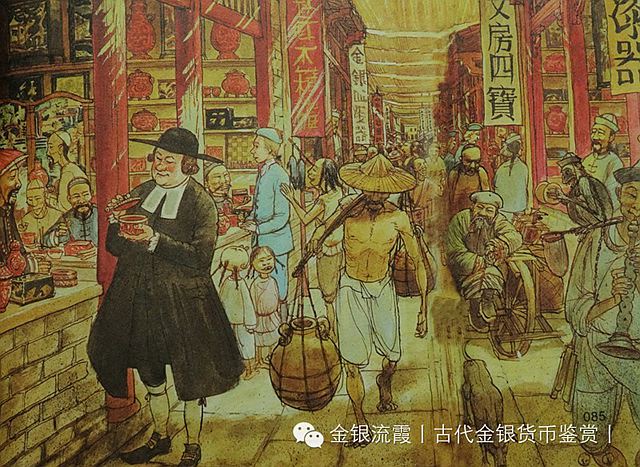
©2024 yindingbowuguan.com
 |
 |
 |
 |
| 手机移动端 | 微信公众号 | 银博鉴定 | 商务合作 |